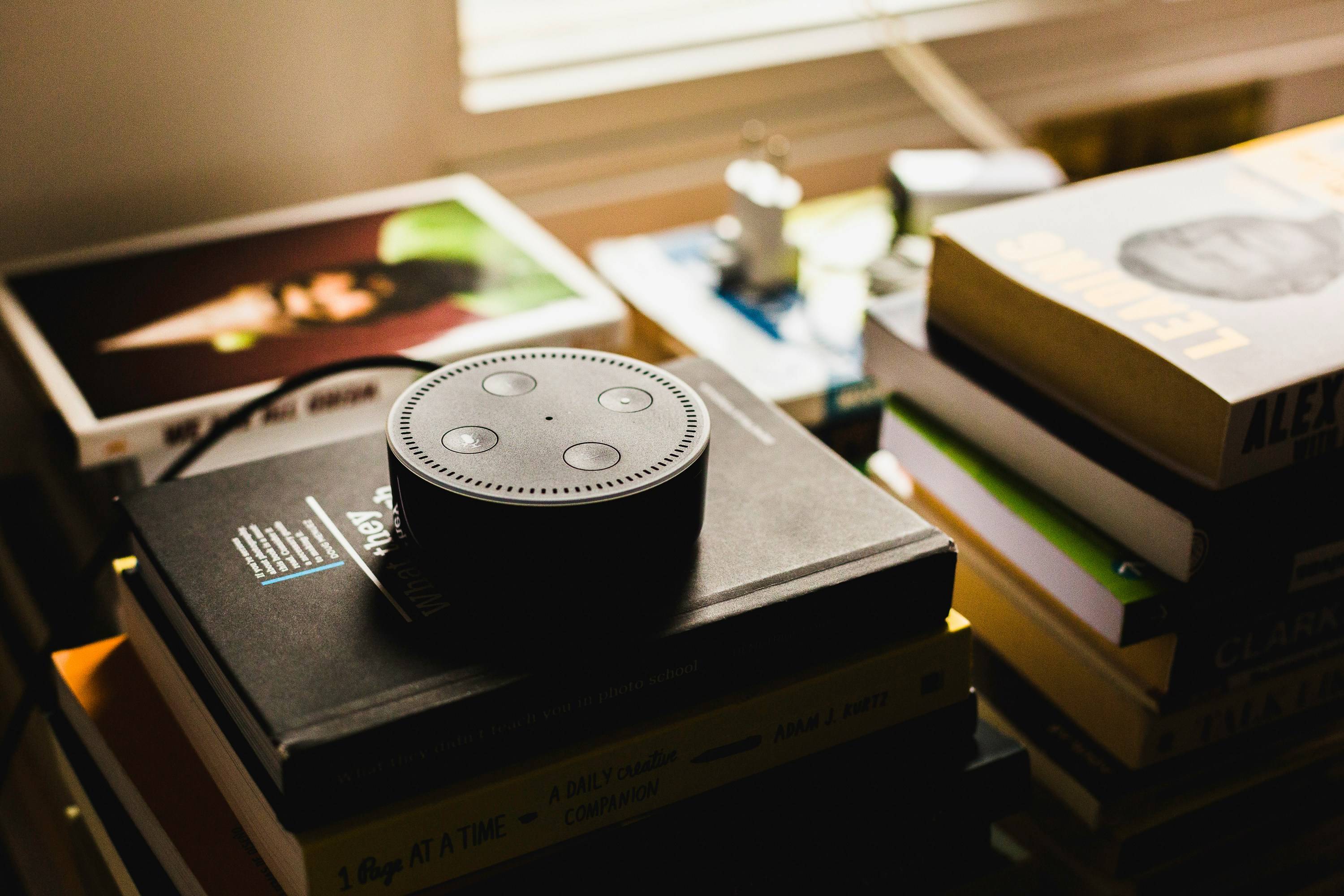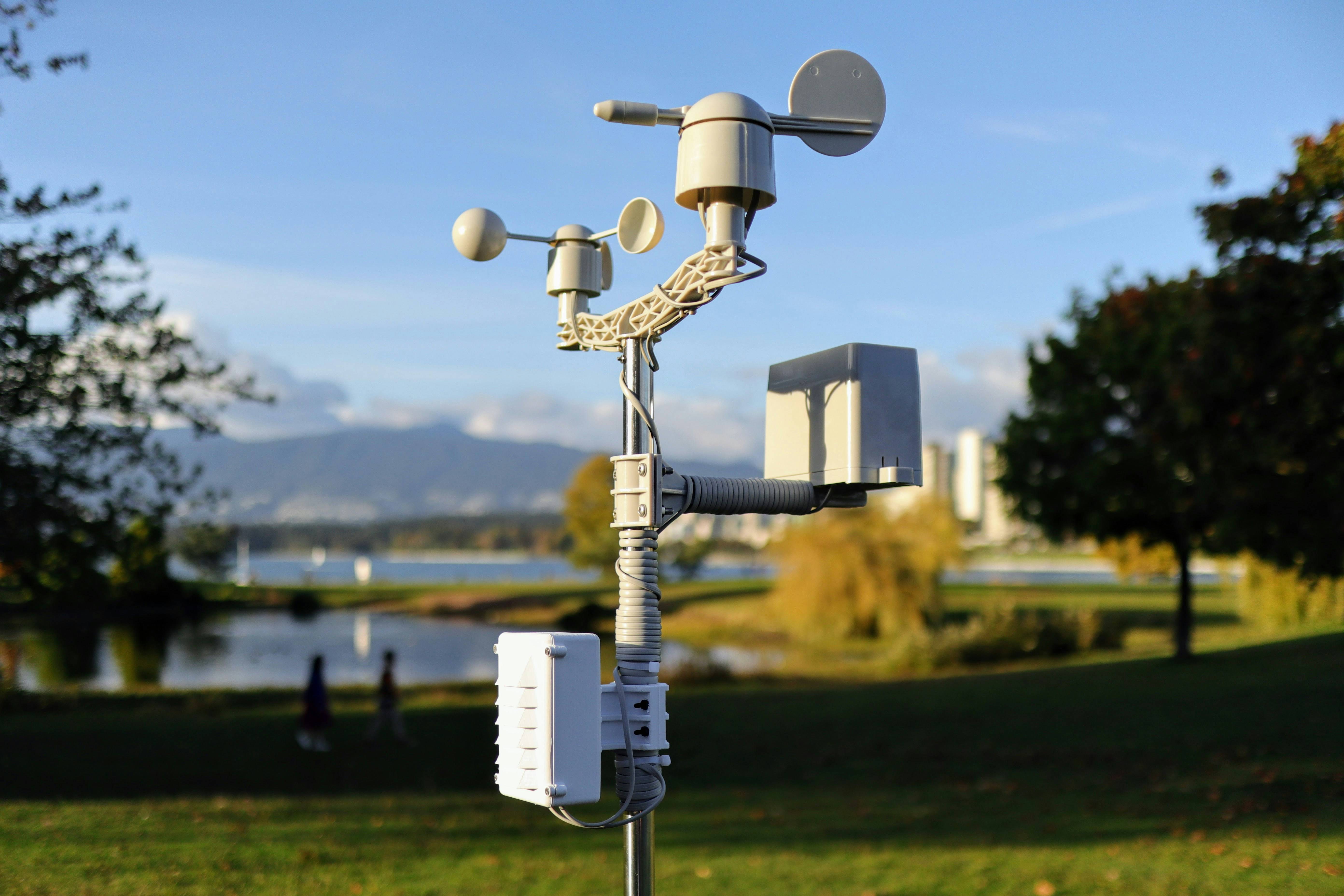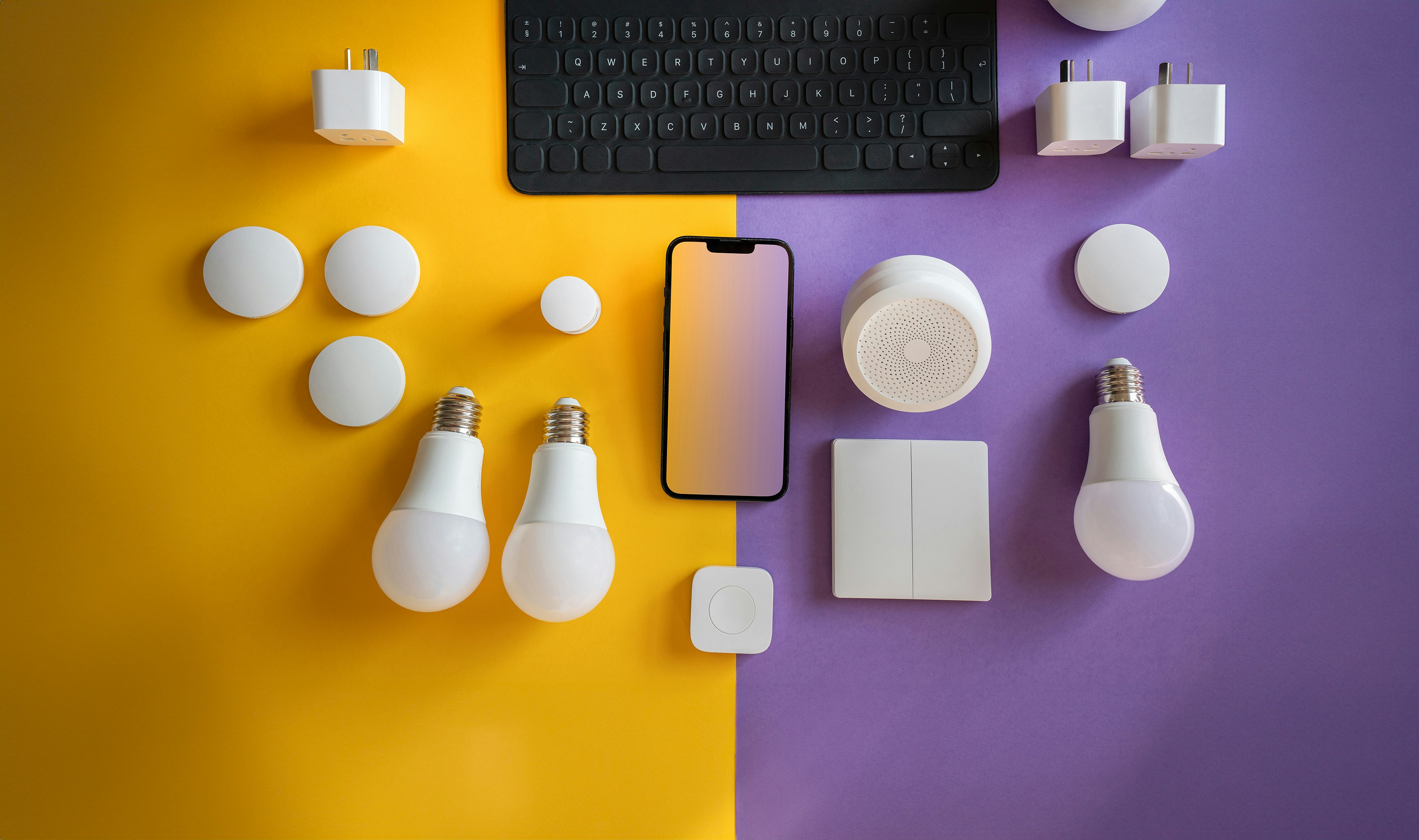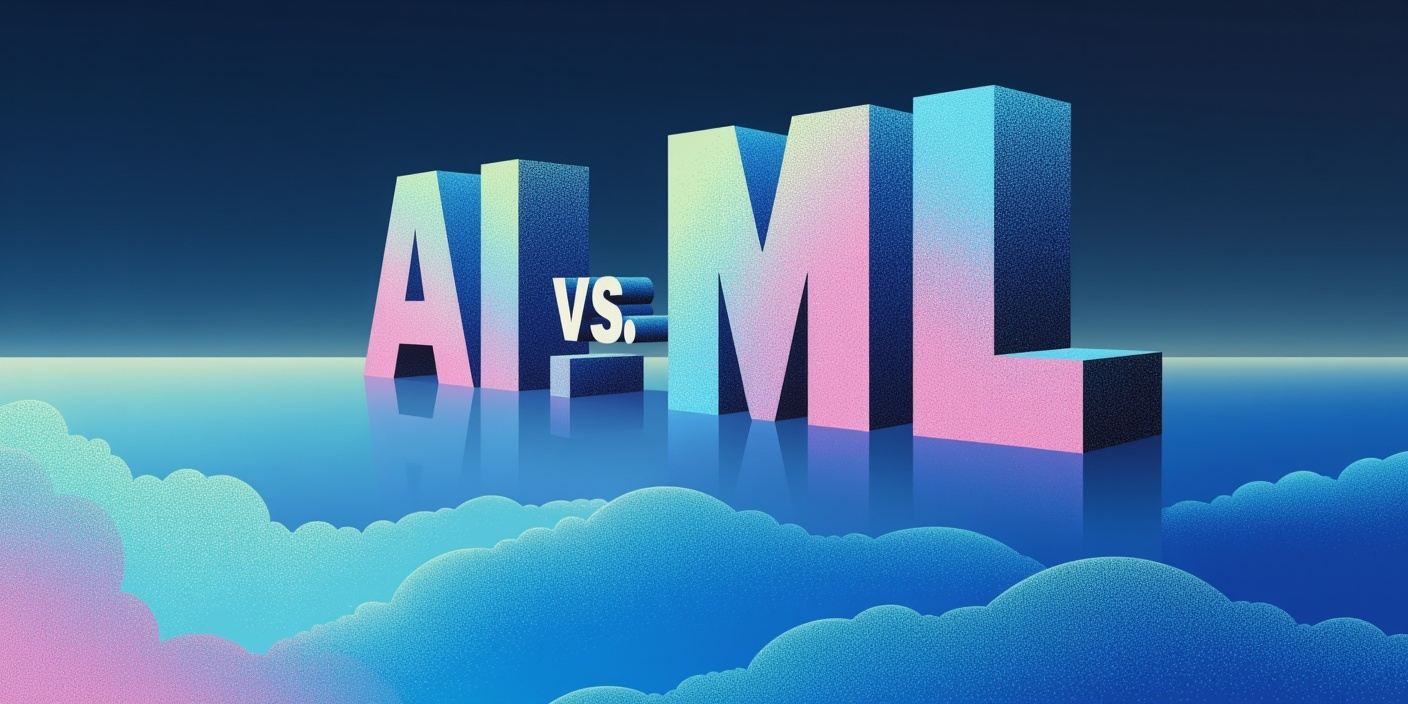INTERNET OF THINGS AND WHY YOU KNOW SO LITTLE ABOUT IOT

The hype around the Internet of Things has grown steadily in recent years. The constant wave of news about smart cars, buildings, and other devices does little to help us understand the concept. While it may not be critical for casual IoT users to know every fact about the history of the Internet of Things by heart, from a business perspective, learning about the history and benefits of the Internet of Things can be a game-changer.
So, it's essential that the question "What is the Internet of Things?" is asked repeatedly as the term evolves in meaning along with the technological advances that fuel it. The term IoT, or Internet of Things, refers to a collective network of connected devices and the technology that facilitates communication between devices and the cloud. Thanks to the advent of low-cost computer chips and high-bandwidth telecommunications, we now have billions of devices connected to the Internet. This means that everyday devices like toothbrushes, vacuum cleaners, cars, and mechanical installations can use sensors to collect data and intelligently respond to user actions.
Computer engineers have added sensors and processors to everyday objects since the 1990s. However, progress could have been faster initially because the chips were large and bulky. Low-power computer chips called RFID tags were first used to track expensive equipment. As computing devices have gotten smaller, these chips have also gotten smaller, faster, and wiser over time
HOW DOES THIS WORK?
However, to fully answer the question, "What is the Internet of Things?" we need to not only study its origins but also go beyond the typical IoT user experience and look behind the scenes to learn how the system works. To do this, we need to know the four main elements that make up the IoT environment and make it move, as well as the control scheme of each IoT system.
This layer includes almost any object we can imagine. The tasks of smart things include simple data collection and, above all, communicating with each other and a remote server or cloud, and performing actions based on the commands received.
If connected devices are to "speak" about how they feel or where they are, they must be given a language in which to do so and a channel through which to transmit their "utterances." The IoT connectivity component provides all this. While the "language" is represented by the specific IoT protocols used in a given deployment, the communication channel is provided by well-known connectivity solutions such as Wi-Fi, Bluetooth, or lesser-known technologies, including long-range broadband networks.
This is part of the technology that is usually hidden from the eyes of the average IoT end user, but make no mistake. Although it is off-stage, this is the actual action field of the IoT. Software is what gives Things the ability to "think" and act. It allows the data collected by intelligent objects to be structured, analyzed, and managed. Based on this, the software decides whether to take action or notify the user.
As simple as it may sound, this is where the end-user comes into play and takes control. Thanks to the application layer, the collected and analyzed data is visualized, and the user is provided with helpful information about the entire system's operation. Moreover, it can influence the way devices are controlled and receive alerts whenever there is a need for human action, which usually happens when the system's self-management capabilities are exhausted.

IMPACT ON A PERSON'S DAILY LIFE
This technology has a significant impact on people's professional and personal lives. IoT technology allows machines to do more heavy lifting and tedious work while improving well-being, productivity, and comfort in life.
For example, smart devices can completely change the morning routine. After pressing the snooze button, the alarm clock automatically turns on the coffee machine and opens the blinds. The refrigerator will automatically detect groceries and order them for home delivery. An intelligent oven will suggest a menu for the day—it can even cook pre-prepared ingredients and make sure that lunch is ready. A smartwatch will schedule meetings, and a smart car will automatically adjust the GPS to stop for gas. In the world of IoT, the possibilities are endless! Billions of IoT devices in use have naturally created new vulnerabilities for companies. As more "things" become connected, the number of ways to attack them grows exponentially. Before this IT marvel, an extensive enterprise network might have 50,000 to 500,000 endpoints vulnerable to attack; the IoT can involve a network with millions or tens of millions of such endpoints. In the 2022 McKinsey B2B IoT study, IoT vendors and buyers cited cybersecurity as the top barrier to IoT adoption.
In the coming years, overcoming cybersecurity barriers could determine whether the Internet of Things can evolve into a truly integrated network and realize its enormous value potential.
An IoT ecosystem consists of a network of web-connected smart devices that include embedded systems like processors, sensors, and communications equipment. These devices then collect, send, and act on the data they receive.
Smart gadgets connected to the same network in the same environment can interact and take action on the data. Some can even use AI and machine learning to maximize efficiency.
This works even without human intervention, but people can still use devices to achieve various goals, such as adding new "things," reading data, and providing instructions.
The Internet of Things gives companies access to advanced analytics that opens up new possibilities. For example, companies can create highly targeted advertising campaigns by collecting data on customer behavior.
The collected data and historical trends can be used to predict future outcomes. For example, warranty information can be combined with data collected by the IoT to predict maintenance incidents. This can be used to proactively provide customer service and increase customer loyalty.
Continuous digital and physical infrastructure monitoring can optimize performance, improve efficiency, and reduce security risks. For example, data collected from a local monitor can be combined with hardware and firmware version data to schedule system updates automatically.
IoT technologies can be deployed in a customer-centric manner to improve customer satisfaction. For example, trending products can be quickly restocked to avoid stockouts.

THE BENEFITS OF THE IOT TECHNOLOGY IN MANY AREAS
The Industrial Internet of Things (IoT) refers to smart devices used in manufacturing, retail, healthcare, and other businesses to create business efficiencies. Industrial devices, from sensors to equipment, provide business owners with detailed, real-time data that can be used to improve business processes. They provide information about supply chain management, logistics, human resources, and production, which reduces costs and increases revenue streams.
Enterprise IoT in manufacturing uses predictive maintenance to reduce unplanned downtime and wearable technology to improve worker safety. IoT applications can predict equipment failure before it happens, reducing production downtime. Wearables in helmets, wristbands, and computer vision cameras are used to alert workers to potential hazards.
Sensor-based analytics and robotics improve the efficiency of automotive manufacturing and maintenance. For example, industrial sensors are used to provide real-time 3D images of the internal components of a car. Diagnostics and troubleshooting can be performed much faster, and the IoT system automatically orders spare parts.
Commercial and industrial IoT devices can help with supply chain management, including inventory management, supplier relationships, fleet management, and scheduled maintenance. Shipping companies use Industrial IoT applications to track assets and optimize fuel consumption on delivery routes. The technology is beneficial for tightly controlling the temperature of refrigerated containers. Supply chain managers make informed predictions using intelligent routing and rerouting algorithms.
Amazon is driving innovation in automation and human-machine collaboration in retail. Amazon facilities use internet-connected robots to track, search, sort, and move products.
SAFETY FIRST (IS IT SAFE?)
Unsurprisingly, the rapid growth of the IoT exposes the entire environment to significant risks of security threats and data breaches. However, despite the constant security concerns, the IoT is expected to continue to spread, making its users increasingly dependent on it. It is widely believed that in the name of convenience and empowerment, people will be able to accept occasional loss of privacy and security breaches.
However, psychological motives aside, security is undoubtedly one of the biggest concerns that could slow down the development of the industry. As such, it must be addressed with particular care. It, therefore, seems imperative for the IoT market to find a balance between the business benefits that IoT-connected devices provide and the recognition that these smart objects have become an attractive and vulnerable surface for hackers and cybercriminal attacks that can lead to disruptions and leaks of sensitive data.
As a result, leading digital security expert Bruce Schneier has called on IoT service providers and US government agencies to pay serious attention to this issue. Therefore, we expect government regulation in this area to pressure IoT industry players to increase investments in IoT security technologies.
However, despite possible legislation in the works, there are already solutions that give hope for a more secure IoT deployment. In terms of security threats related to outdated or otherwise vulnerable device software, measures have been taken to provide connected devices with effective software update strategies. The software, settings, and other digital programs of connected devices can be updated over the air thanks to the SOTA (which stands for Software Over the Air) and FOTA (Firmware Over the Air) standards. The advantage this brings is not only the cost-effectiveness of the method but also a significant improvement in overcoming device security issues.
Considering all of the above, there is no reason to panic about IoT security. Given the early development phase that the Internet of Things is currently going through, we must be aware of possible minor or significant security bugs that happen from time to time. However, the leading IoT players and hundreds of smaller IoT developers are already tackling this cybercriminal problem, doing everything they can to make the Internet of Things a safe place for its users. After all, technology is too big for a business to be left to its own devices.

CONCLUSION
With all of this in mind, the Internet of Things is not just another technology concept but the promise and dream of a more intelligent and better future. A future where a connected manufacturing plant orders supplies, schedules its maintenance, and even carries it out without human operator intervention or supervision. A future where everything is connected to and aware of every other thing, providing feedback or sharing information to help the next thing down the line and ultimately assisting people to live more thoughtful lives.
Overall, embracing the IoT revolution seems critical from a business development perspective, and this can be applied to any business. Whether it is oyster farming or traffic management systems, the best thing about the Internet of Things is that it is open and ready for new challenges, and there is enough space for any business idea imaginable. So, the key to answering the question "What is the Internet of Things?" is not necessarily providing a strict definition but changing your mindset and imagining what the IoT can do for your business.



